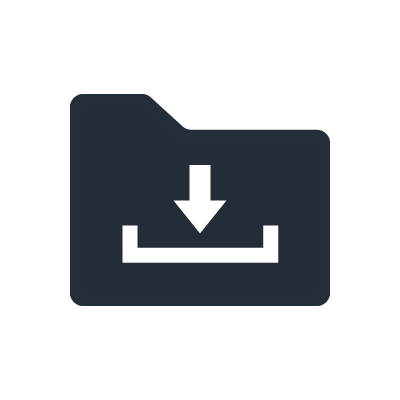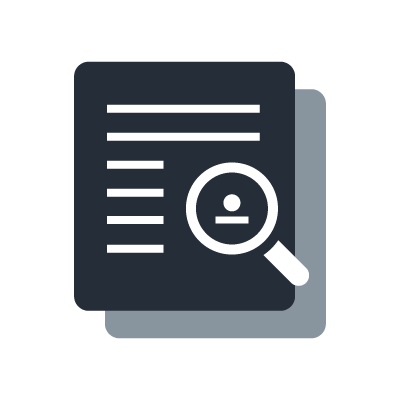Yamaha HISTORY: PERSONAL COMPUTERS

When the microprocessor chip was introduced to the world in the 1970s by Intel, Motorola, Zilog, MOS technology and others, alongside the emerging ‘personal computer’ industry, the innovative musical instrument market was among the first adopters of this new technology. A few decades later, there’s hardly any electronic music equipment on sale that doesn’t include a microprocessor.
Yamaha has a long track record in computer applications. Having started with the use of the Z80 processor in products such as the CS70M synthesizer and REV1 digital reverberation unit, the company developed an impressive range of digital computer-controlled musical instruments and pro audio equipment, including synthesizers, keyboards, organs, drum computers, effect processors, power amplifiers and mixing consoles. As part of that process, an unmatched portfolio of Large Scale Integrated circuits (LSIs) for the computer industry was developed. Many 1980s arcade games and home computers - including MSX, ZX Spectrum, Atari ST and Falcon - have one of Yamaha’s YM series chips on their motherboard to take care of audio or video. These ranged from simple square wave signal generators or complete FM or PCM based systems on par with the synthesisers of that time, all the way to video graphic interface chips.
In addition, numerous peripheral MSX, PCI and ISA sound cards were produced, such as the ISA-compatible SW20-PC ‘sound edge’ and the PCI-compatible SW1000XG and DS2416, with the latter offering similar mixing functionality to the 02R digital mixing console. This line-up also extended to external hard disk recording hardware, such as the CBX-D5 integrated SCSI hard disk recorder, to supplement the computers of that age not fast enough for native audio. Here Yamaha co-operated closely with the first DAW software houses such as Steinberg and Emagic.
On two occasions Yamaha entered the personal computer (PC) industry, with computer designs optimised for making music. The first was in 1981, supporting the MSX standard; a standardised home computer architecture shared by Microsoft and several other computer manufacturers, including Philips and Sony. Yamaha provided sound and video chips for MSX manufacturers, but also launched its own MSX home computers: the YIS series and the CX5M. MSX cartridges could be added, with sound generators based on YM2151 and YM2164 OPM chips that were also deployed in the DX series of four-operator FM synthesizers, as well as with editing and sequencing software. As a package - with the addition of the YK series keyboard - this constituted one of the first mass-produced MIDI equipped music workstations.
The MSX series computers successfully competed in Japan and Europe with the 8-bit computer systems of the time, such as the Commodore64 and Apple II, with the Yamaha CX5M having a strong foothold in the music industry. This was the case until the Macintosh and the MIDI equipped Atari ST appeared on the market, introducing the 16-bit era to the music industry.
Apple and Atari computers were based on the Motorola 68K series processor, competing with the emerging ‘IBM compatible’ standard using the Intel 80x86 series processor. At this moment in computer history, in 1988, Yamaha decided to launch an IBM compatible 80286-based computer in compact form - the C1 - running the Microsoft DOS operating system.
Although the C1 looked like a laptop it didn’t have a built-in battery. However, it did have an integrated monochrome LCD display, hard disk and keyboard, so it could be deployed as a ready-to-go system without connecting peripherals - ideal for on-the-road musicians. The most eye-catching feature of the C1 was the row of 11 MIDI connectors at the back: eight MIDI outs, two MIDI ins and a MIDI thru. Additionally, a pair of SMPTE timecode input and output connectors was provided, along with two continuous sliders on the keyboard for parameter tweaking. There was no doubt that this computer was geared to music, as it came with two standard software packages: MIDI monitor and MIDI bulk manager utilities. Additionally, Yamaha’s CSQ1 ‘sequence’ software package was available, in addition to the market’s standard sequencer software, including Twelve Tone Systems Cakewalk, Voyetra Sequencer Plus and others.
The CX5M was successful for many years, selling systems to the project studio and home recording market, whereas the C1 was an expensive machine, only used by professionals. And not only for music - check out the video of Kraftwerk’s Die Roboter, where the C1 is used to control the movements of the performing robots via MIDI. As I said at the start of this micro tutorial, the music industry is very innovative!
With such a long track record of manufacturing products for the computer industry, and being the only pro audio company that actually manufactured personal computers of its own, it’s no wonder that Yamaha still feels at home with computer technologies. Besides the microprocessor systems in almost all of Yamaha’s professional audio products and electronic musical instruments, this includes the manufacturing of computer LSIs as well as Ethernet networking equipment for the IT industry and many software applications - right through to the seamless integration of software, computer, network and tactile controllers in, for example, the Nuage series Digital Audio Workstation.






